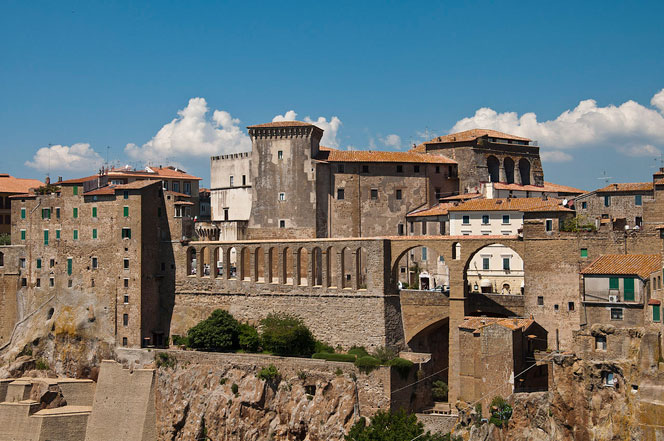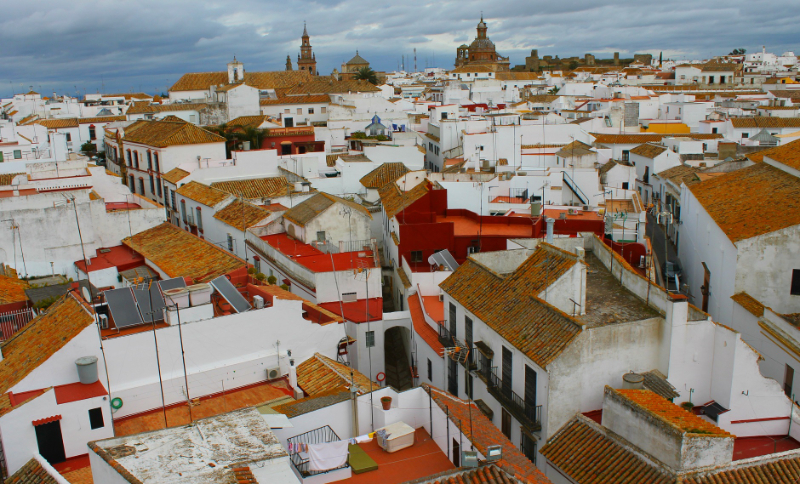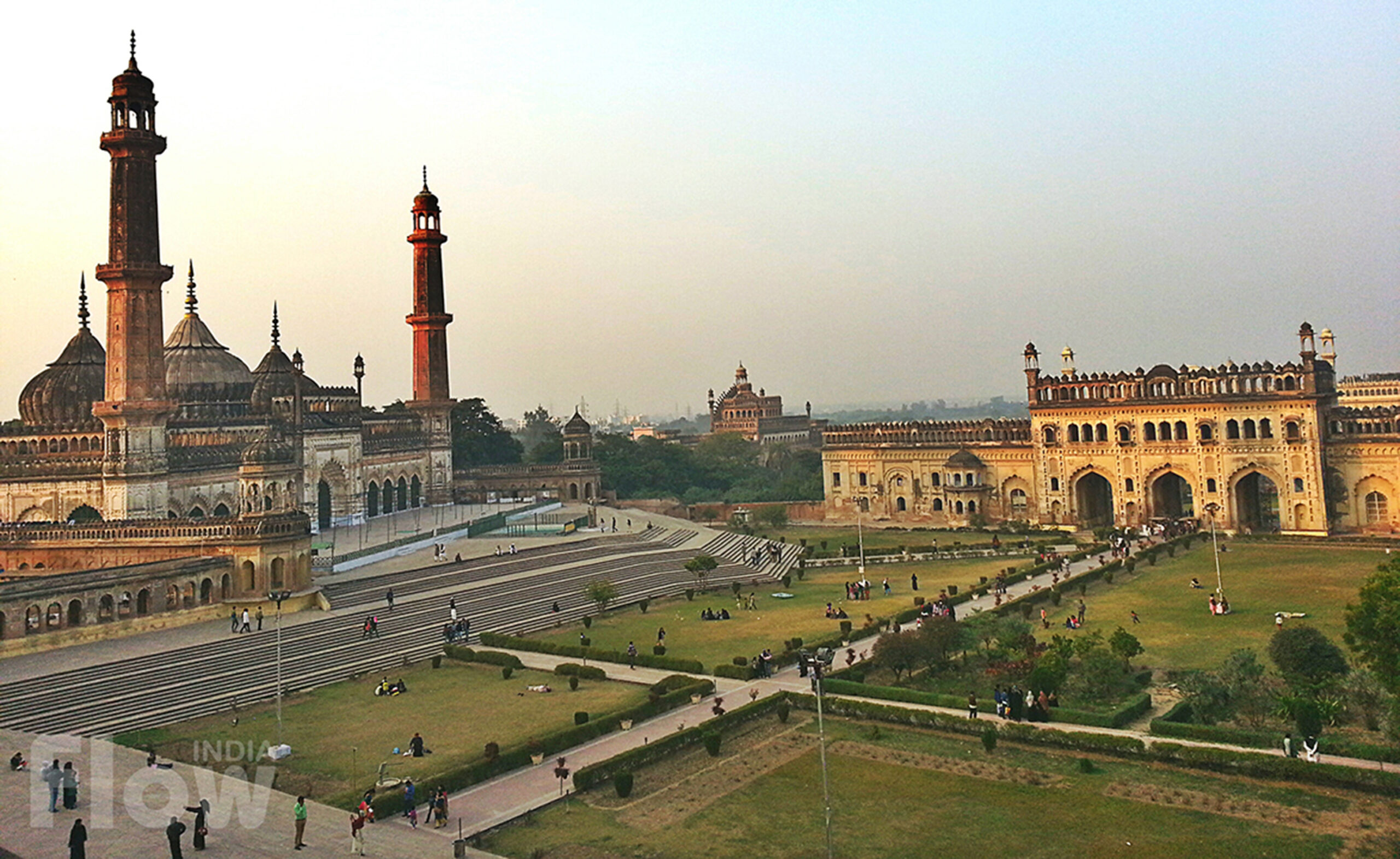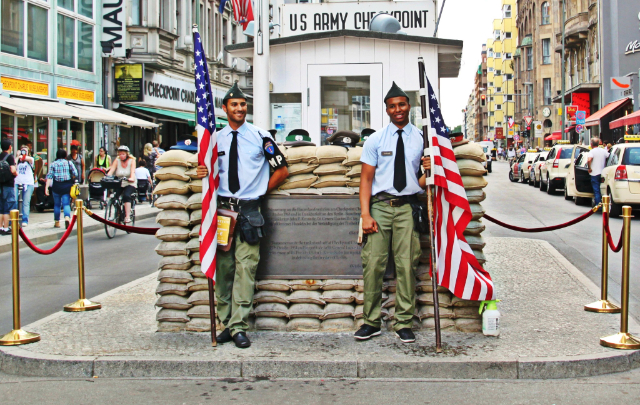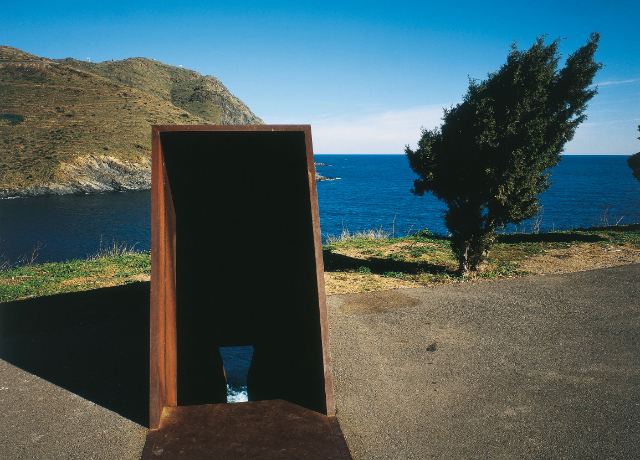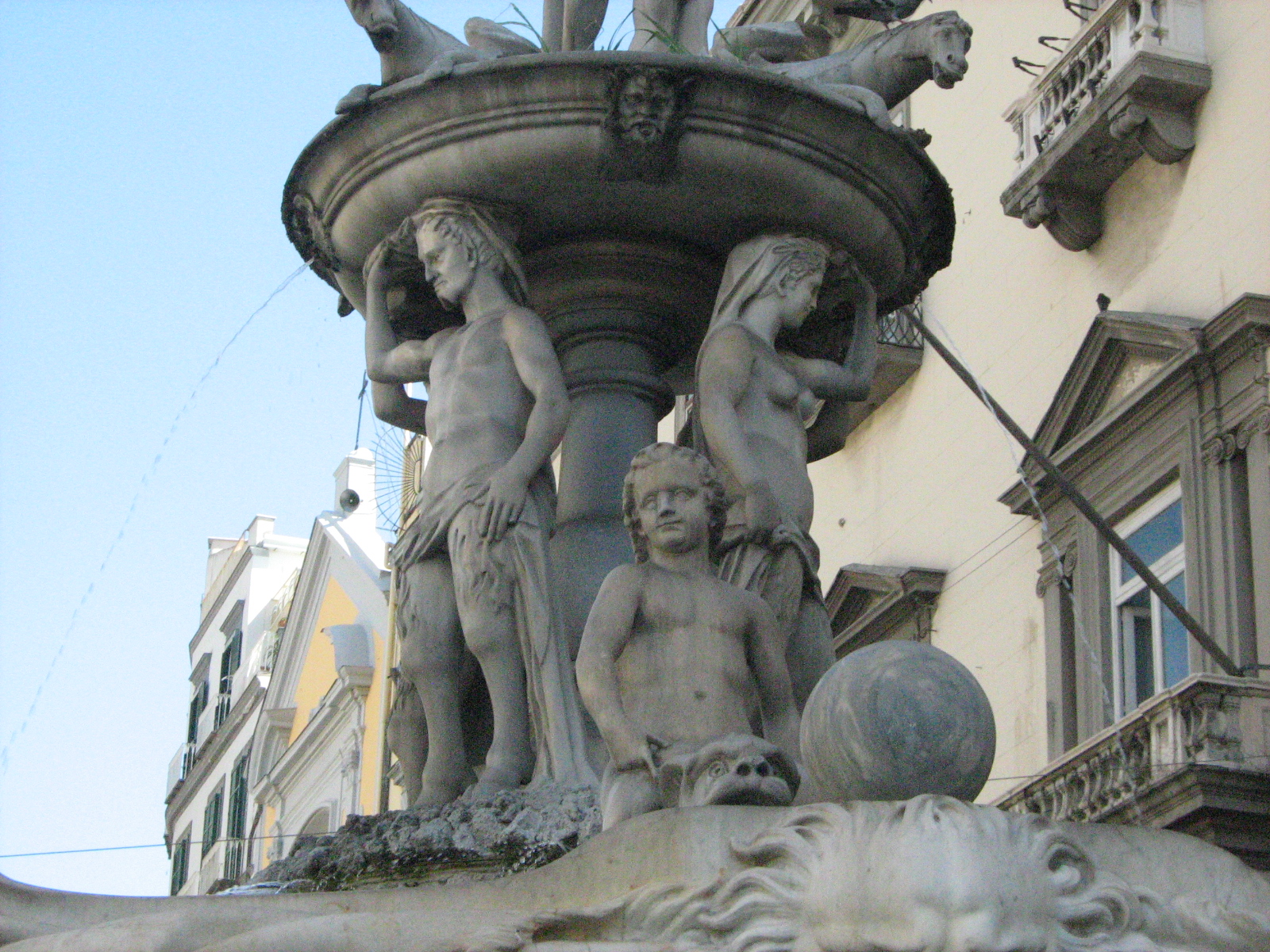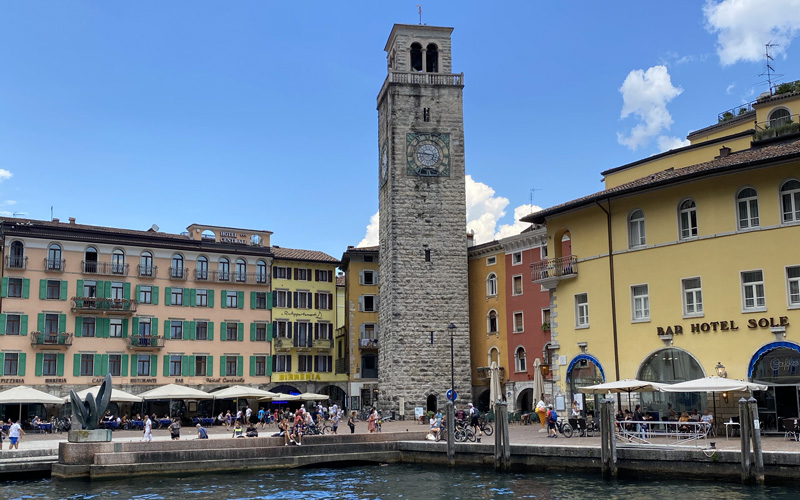The Etruscan name is not known, perhaps dealing with that Statnes (or Staties) which in Roman times became a prefecture and was called Statonia.
Instead, the name Pitigliano seems to derive from the gens Petilia, an important Roman family that gave its name to several localities. According to an ancient legend, the foundation of the town is said to be due to two Romans, Petilio and Celiano; from the fusion of their names Pitigliano would be derived
The appellation Little Jerusalem, on the other hand, stems from the presence over the centuries of an important Jewish community.
In Pitigliano, the only heir to the "cities of refuge" in the area, the favorable conditions preserved for centuries made possible the development of exceptional relations of coexistence and tolerance between the Jewish and Christian populations, so much so that the town was designated as the "Little Jerusalem." The extraordinary relationship between Christians and Jews was definitively cemented by a singular episode in 1799, when the Christian people and majority defended the Israelites from the abuse of the anti-French military, who wanted to loot the Ghetto.
History
300-1000 B.C., a Bronze Age village is documented, but the Pitigliano cliff, like the entire Fiora River valley, was frequented as early as the Neolithic (6th millennium B.C.) and then the Copper Age.
8th cent. BC, Etruscan settlement, due to the nearby city of Veio, reached its apogee in the 6th cent. BC, replacing the nearby center of Poggio Buco located on the Fiora, which returned necropolis and remains of a temple; around 500 BC it was probably destroyed by Porsenna, king of Chiusi.
1st cent. B.C.-II A.D., Roman presence, with farms and villages placed on the main roads, is indicated by various constructions on the plateau in front of the cliff of Pitigliano.
1061, the toponym Pitigliano appears for the first time in a bull of Nicholas II to the canons of Sovana.
1188, in another document, Pitigliano appears as a castro (fortified village) in the possession of the Aldobrandeschi counts, lords of the entire Maremma, to whom it has belonged since shortly after the year 1000.
1274, Pitigliano turns out to be one of the major forts of the Aldobrandeschi county in its wars with the Commune of Orvieto.
1313, the Orsini take over by marriage from the Aldobrandeschi in the County of Sovana; forced into long struggles with the Communes first of Orvieto and then of Siena, after the latter’s conquest of almost all of Maremma, including Sovana in 1410, the Orsini move the county capital to Pitigliano.
1466, the small Ursinian county gains strength with the coming to power of Niccolò III, a captain of fortune in the service of the major Italian states; with him Pitigliano is enriched with Renaissance monuments, on which artists such as Antonio da Sangallo, Baldassare Peruzzi, and Anton Maria Lari work.
1604, Ferdinando I, grand duke of Tuscany, buys all the Orsini estates: thus ends the county of Pitigliano; from the middle of the century the number of Jews begins to grow, who find safe refuge here; in 1643 the Medici foil an attempted occupation by papal troops.
1843, Pitigliano assumes the title of city with the transfer of the Diocese from Sovana and thanks to economic growth following the Enlightenment reforms.
